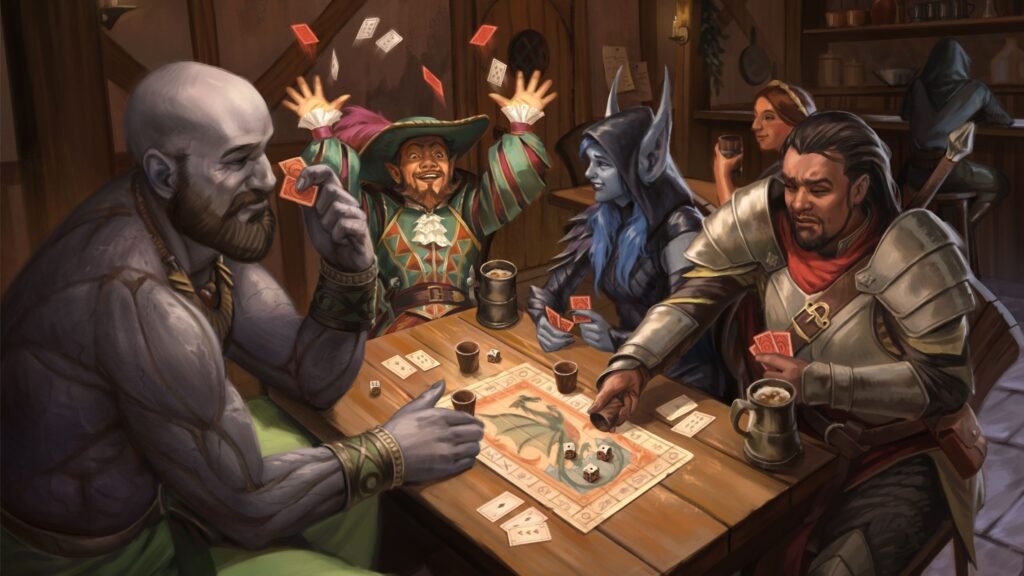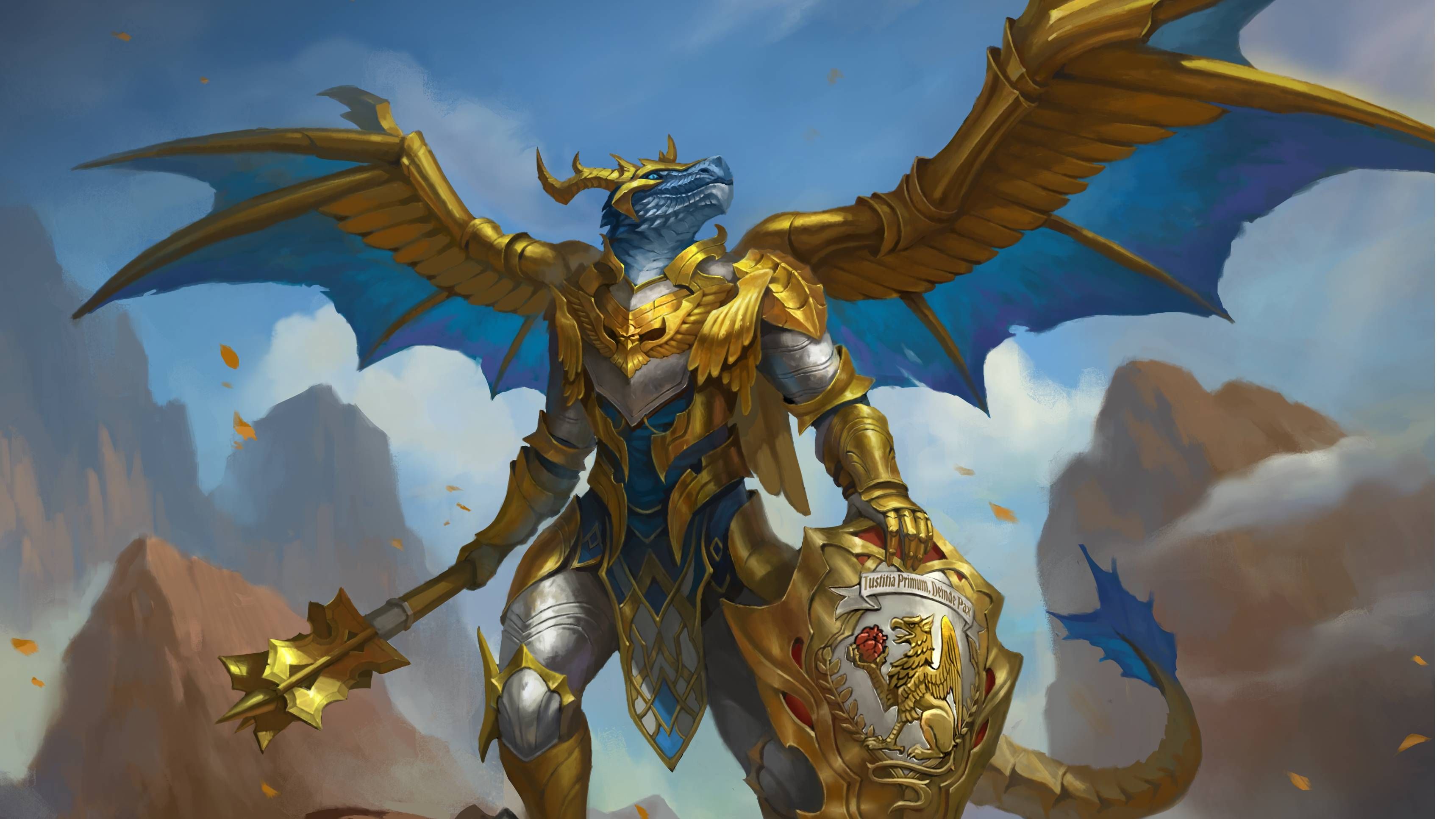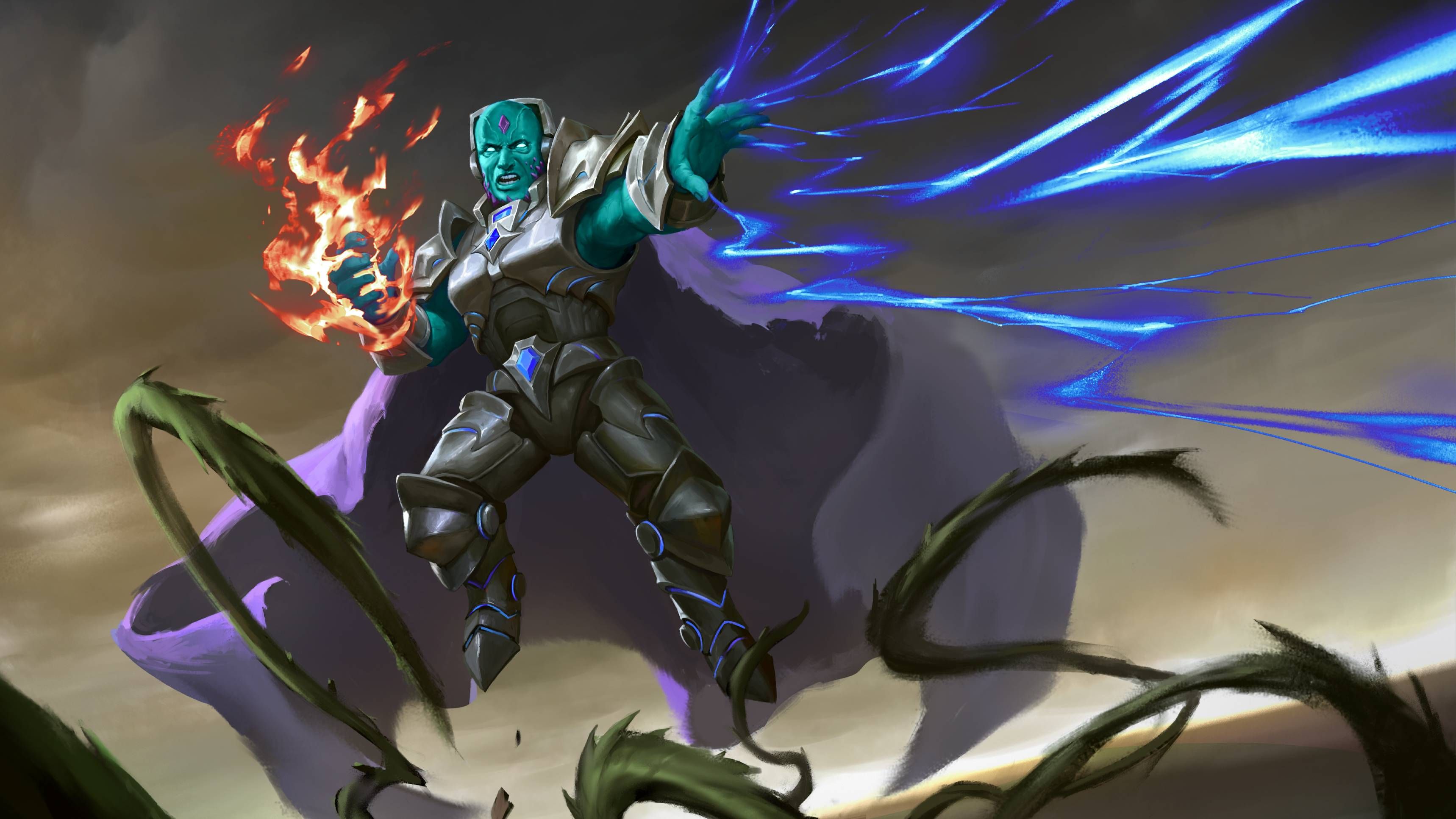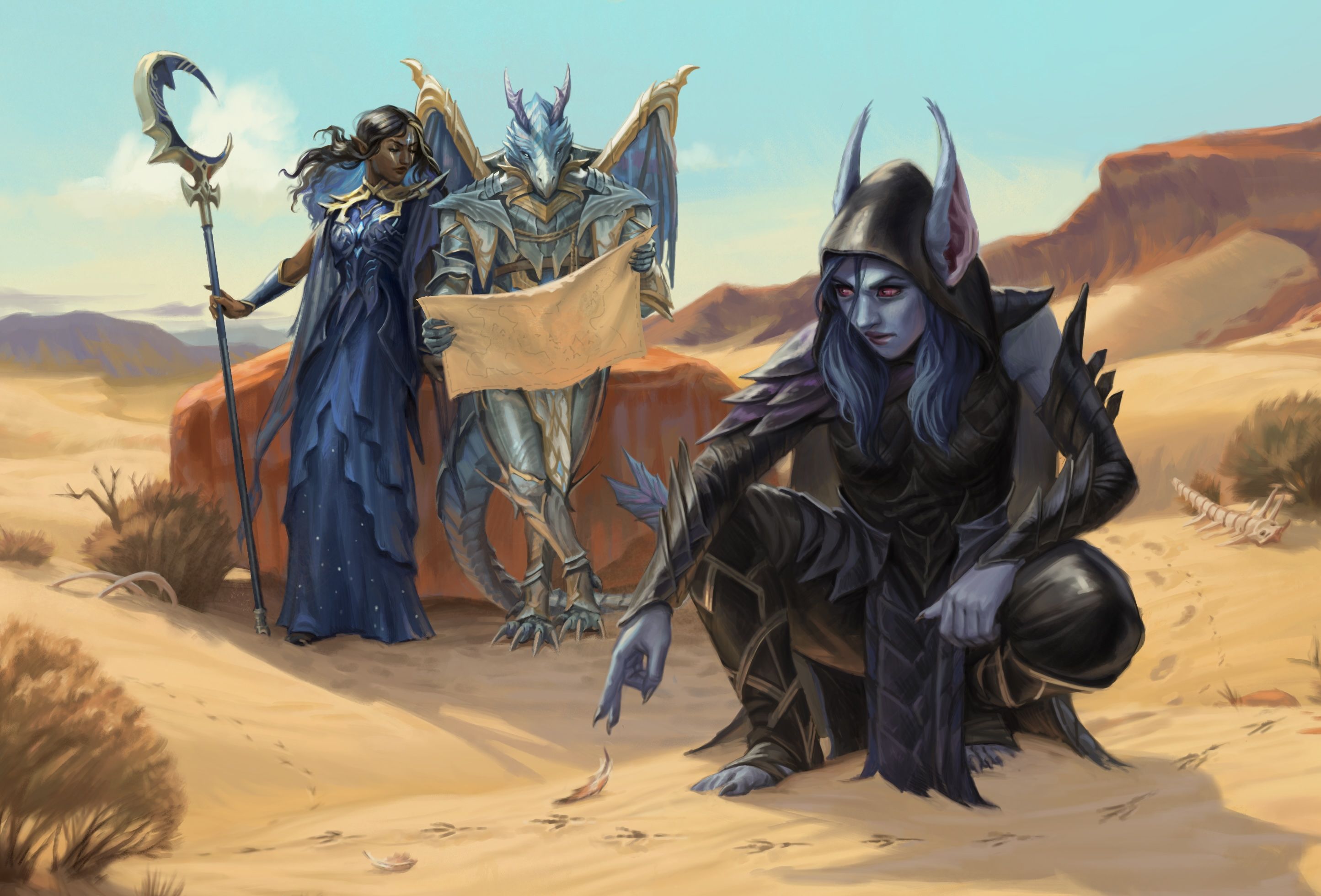
MCDM Productions spent years producing highly successful supplements for Dungeons & Dragons 5th Edition. But when Wizards of the Coast proposed changes to the Open Gaming License in 2023, the company’s founder and lead game designer decided it was time to build something new. By the end of the year, MCDM had launched a BackerKit campaign to develop its own RPG, which raised $4.6 million. MCDM released early versions of the game to backers, inviting them to be an active part of the game’s development through frequent email and YouTube updates.
“It was a good way for us to gut-check things, but it also really helped me when I was like, ‘Oh my god, this game is never going to work’ to see how many people were still talking about it and even playing it,” MCDM lead game designer James Introcaso told Polygon in a Zoom interview. “[I was] like, ‘Oh wait, it already does work. We’re already OK. We can keep going.”
Draw Steel launched on July 31 with Draw Steel Heroes for players and Draw Steel Monsters for game masters – dubbed directors in a nod to the game’s cinematic bent – plus the starter adventure The Delian Tomb, which is designed to teach the rules during the course of play.
“A lot of people in the greater TTRPG community get frustrated that D&D players won’t try another game, but often those people are coming from a place where they want something closer to whatever the opposite of D&D is,” MCDM founder Matt Colville told Polygon in the same interview. “But that’s not where we came from. We love D&D. We love the culture of it. We love the core ideas behind the gameplay. We just felt like people deserved a better game.”
Beyond working on 5E products, Colville has been running D&D and other d20-based fantasy games since 1985. While many recent alternatives to D&D like Grimwild and Daggerheart have aimed to deal with D&D’s mechanical shortcomings by leaning more into collaborative storytelling, Draw Steel maintains a strong focus on tactical combat with a robust new system to keep fights moving.
Rather than rolling a d20, players roll 2d10s and add on one of the game’s five characteristics: Might, Agility, Reason, Intuition, or Presence. If the result is less than 11, they get a minimal result, like dealing a small amount of damage and an effect like knocking an opponent prone that only works if their foe has a weak defense to the characteristic being targeted. A 12-16 produces a standard success, with more damage and a higher difficulty to resist the effect, while a 17 or greater is exceptional and can even add an extra effect. The result is that even though you’d always prefer a higher roll, a player’s action is never entirely wasted if they roll low.
“We started talking about the d20 as the ‘do I get to take my turn?’ die,’ Colville said. “Very early on with our testing, as soon as it escaped internal testers as the patrons started to get a hold of it, we saw people who’d been running D&D saying ‘I can’t go back.”
While characters can make basic attacks, they’ll mostly spend their actions activating abilities specific to their class. A first-level Null might use their psionic powers to quickly move around the battlefield before or after making an attack, while a sneaky Shadow can take advantage of their ally’s positioning to do extra damage and boost their friend’s future ability use.
Giving every class a set of powers makes Draw Steel very similar to D&D 4th Edition, which was released in 2008 but rejected by many players for being too different from earlier versions of the game. When 5E launched in 2014, it restored the divide between spell casters (who have a limited number of spell slots) and martial characters (who primarily attack with weapons). But 4E’s mechanics were embraced by others, including Gloomhaven designer Isaac Childres.
“I think the resurgence in interest in 4th Edition just comes from the fact that the generation of players and dungeon masters who came into the hobby with the new edition of D&D, with Critical Role, with Stranger Things don’t know anything about the history of the hobby,” Colville said. “They only know 5th Edition and they are surprised to discover that there’s this other game that is older that in many ways seems to have a lot more intent behind the design.”
Like 4E, Draw Steel’s classes all have some powers that characters can always use. But instead of limiting more powerful abilities to once per encounter or once per day, they are balanced by expending heroic resources that vary by class. Characters start a combat with a number of heroic resources based on how many encounters they’ve succeeded at on that day, and then gain more on each of their turns.
“Heroic resources are the first mechanic that we came up with,” Introcaso said. “We want the battle to get more interesting rather than at the beginning of the battle, I do my cool thing, and now I just shoot fire bolts for the rest of the battle because I don’t want to waste the rest of my spell slots. […] What if instead you had to build up like a Street Fighter game?”
Rewarding heroic resources based on victories means fights get more intense as the adventuring day goes on. Directors gain their own resource, dubbed Malice, that they can use to empower villains. Malice also builds over the course of a combat, so that fights don’t become a forgone conclusion halfway through the battle as enemies are taken down. Colville notes that fights instead obey the Conservation of Ninjutsu trope.
“It’s right out of every Marvel movie, every John Wick movie: the fewer the bad guys are, the more dangerous they become,” Colville said. “Usually fights in our game last about two and a half rounds. It’s the third round of combat, and there’s only one goblin left, and the director gets 12 malice, and the players are like, ‘Oh my god, what is this goblin gonna do?’ That feeling is amazing.”
Draw Steel launched with nine classes and 12 ancestries, ranging from classics like dwarves and humans to odder options such as the Vulcan-like Memonek, who come from the Plane of Law. (While the Draw Steel’s setting is primarily focused on medieval fantasy, it offers a rich multiverse to appeal to players who love D&D’s Planescape and Spelljammer settings.) The team is already working on two new classes – Summoner and Beast Heart – and six more ancestries, including shadow elves, gnomes, goblins, and a dragonfly-like species from a jungle world. They also plan to add more adventures, including one based on the Suicide Squad where the players are criminals on death row. A virtual tabletop is in the works, and MCDM intends to launch a fresh crowdfunding campaign in December for an encounter book, offering ideas for dungeon delving, negotiations, and using skills at every level of play.
“We want to give you lots of resources,” Introcaso said. “We’re trying to empower the people running the game so that prep is fun and running the game is the most fun you can have […] if you like tactical, cinematic, heroic roleplaying games.”
Draw Steel Heroes and Draw Steel Monsters are available to purchase at mcdmproductions.com.



